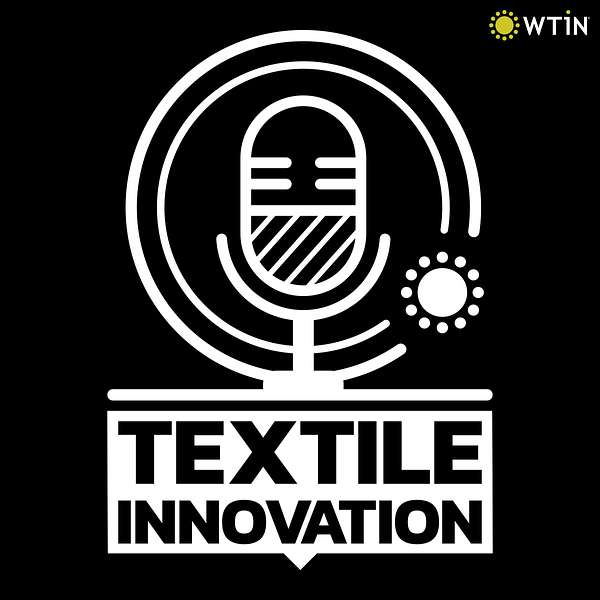
Textile Innovation
Join the World Textile Information Network (WTiN) as it welcomes a new special guest from the textile & apparel industry every two weeks. Tune in to hear the latest innovations and unmatched intelligence and insight on a global scale. From key manufacturers and textile technology hubs in Asia, the Americas, Europe and more, we speak with key opinion leaders, CEOs and start-ups – covering innovation across the entire textile & apparel value chain, plus external and influencing factors such as legislation, sustainability, digitalisation and trade.
To discuss any of our topics, get in touch by following World Textile Information Network (WTiN) on LinkedIn, or email content@wtin.com or aturner@wtin.com. To explore sponsorship opportunities, please email sales@wtin.com. Stay in the know with daily updates from WTiN when you sign up to the site.
You can find breaking stories, exclusive features and one-on-one interviews, long-form analysis, patents and event information all in one place. Intro music is a royalty free track from Music Unlimited on Pixabay.
Textile Innovation
Ep. 86: Bast Fibre Technologies
In this episode of The WTiN Podcast, we talk to Jason Finnis, executive vice president and chief innovation officer, and Caleb Beyers, brand and design manager, at Bast Fibre Technologies.
Founded in 2016 and headquartered in Victoria (British Colombia, Canada), Bast Fibre Tech produces 100% plant-based natural fibres for a wide variety of nonwoven applications. Currently it has two products: Sero and Noval. Sero is a multipurpose hemp fibre and Noval is the company’s specialty linen fibre.
In this podcast, Finnis and Beyers explain why bast fibres are suitable for nonwoven applications and how they can enhance and purify the fibres using Bast Fibre Tech’s wet processing, fibre modification and proprietary dry processing techniques.
Elsewhere, they discuss overcoming obstacles such as continuity of supply and fibre consistency and explore the potential to replace synthetics with this family of fibres. Lastly, the pair note other potential applications and they make their predictions for where bast fibres might be in the next five to 10 years.